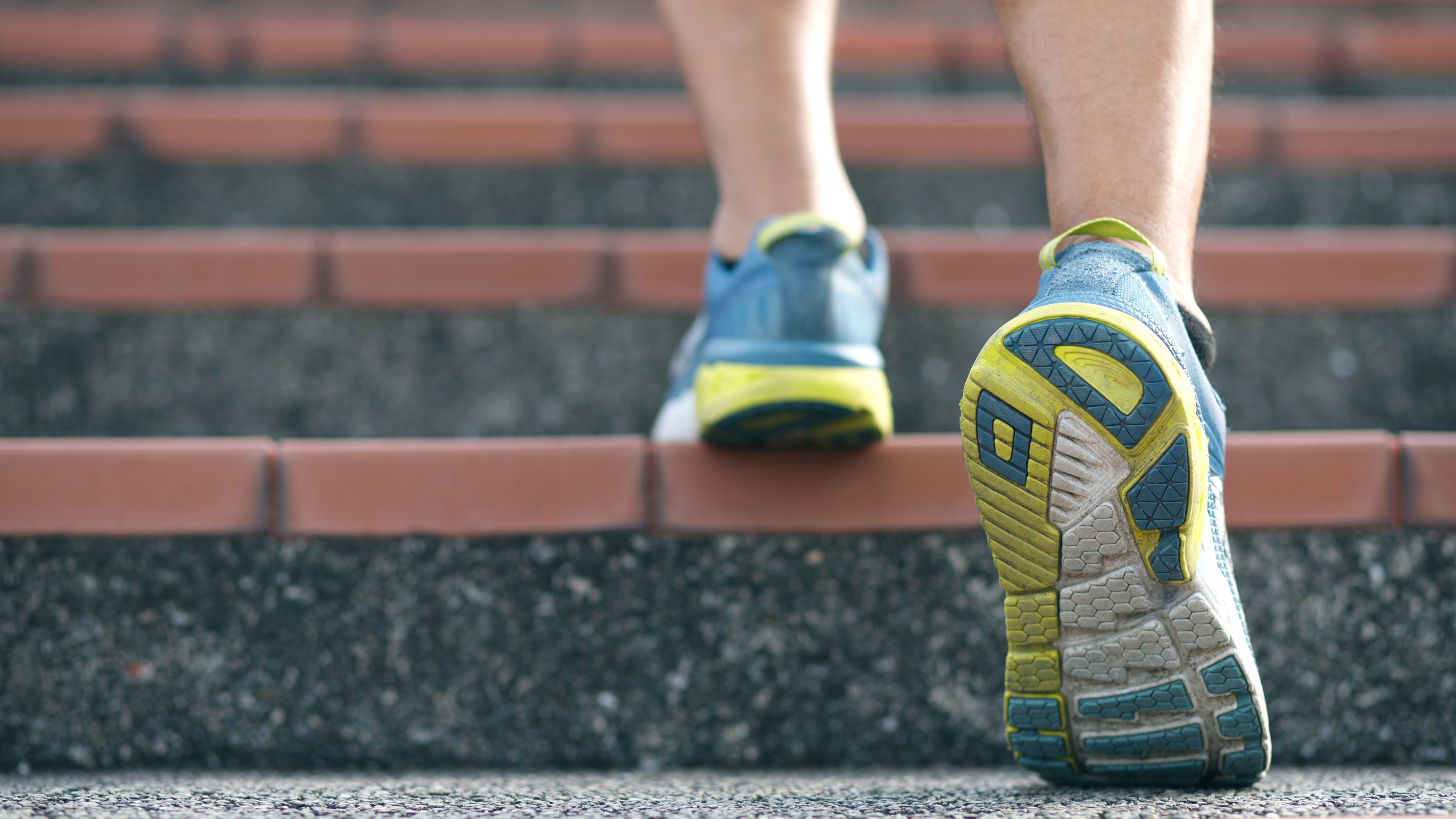It’s no secret that the key to longevity includes an active lifestyle and a balanced diet. This doesn’t need to involve smashing your body with high-intensity exercise at the gym, either, because there are many low-impact workouts you can do to stay fit and lose weight.
Walking is one of the best ways to maintain a healthy metabolism, burn energy and contribute toward weight loss or management without stressing out your body. Over the years, it has become common knowledge that you don’t even need 10,000 steps a day to benefit, either. Just a small tweak to your daily walk could help you stay fit and lose weight at any age.
Sure, this method is floating around YouTube, TikTok and Instagram, but it’s actually rooted in some truth. The 2:2:1 walking rule could help improve endurance, increase cardiovascular fitness and burn extra calories. Here’s how to follow it, and the benefits.
What is the 2:2:1 walking rule?
Here’s the structure:
- 2 minutes of brisk walking at a challenging pace
- 2 minutes of jogging
- 1-minute of regular walking
- Rinse and repeat for as long as you like (I recommend 15-30 minutes)
Following this rule, your body will move between low, moderate and higher intensities of work similar to interval training, which can help boost your metabolism and burn energy in a shorter time than one long steady-state walk.
What are the benefits?

We know that the research shows pace matters when walking, with a brisker walk capable of slashing your biological age by up to 16 years and power walking contributing toward the recommended 150-300 minutes of moderate-intensity aerobic activity per week published by the World Health Organization (WHO).
Walking, in general, improves cardiovascular fitness and reduces the likelihood of developing chronic diseases as you age. It also increases overall daily energy expenditure, which helps keep your metabolism ticking along and aids weight loss or management. Steady-state cardio has also been associated with a stronger heart and set of lungs, which are directly linked to longevity and health span.
Then there’s the loading aspect of a daily walk, which contributes toward maintaining strong muscles, ligaments, joints and bones while reducing time spent sitting down, with high levels of sedentary living associated with poorer longevity. Walking improves blood flow and oxygen delivery around the body to muscles and cells, and over time, can even contribute to lower cholesterol levels and blood pressure.
And it’s not just physical benefits you can expect. Daily walking can help boost creativity, reduce stress levels and improve overall mood and wellbeing without breaking the bank on gym memberships or taking huge chunks of time out of your day.
Where it gets tricky is calorie burn, which is highly individualized and impossible to stamp an exact number on. That said, moving between varied paces, including brisker walking, jogging and steady-state walking, can help increase calorie burn during a workout and after you’ve finished, known as the “after burn.” However, you’ll need to move at a challenging pace during your jog and fast walk to help you shift between intensities and improve stamina.
Lastly, the 2:2:1 method is suitable for everyone, including those getting back into exercise. As long as you’re moving at a pace that works for you, you can benefit from the method. If you find walking boring, this rule should help keep things interesting and might even shave off the total amount of time you spend walking. You can perform the 2:2:1 rule every day during walks and slowly build the length of your walking workouts to suit you.
The next time you feel tempted to count your steps, think about the speed and quality of those steps instead. 10,000 steps? Not necessary, according to this method.
More from Tom’s Guide
Follow Tom’s Guide on Google News to get our up-to-date news, how-tos, and reviews in your feeds. Make sure to click the Follow button.
Source link

